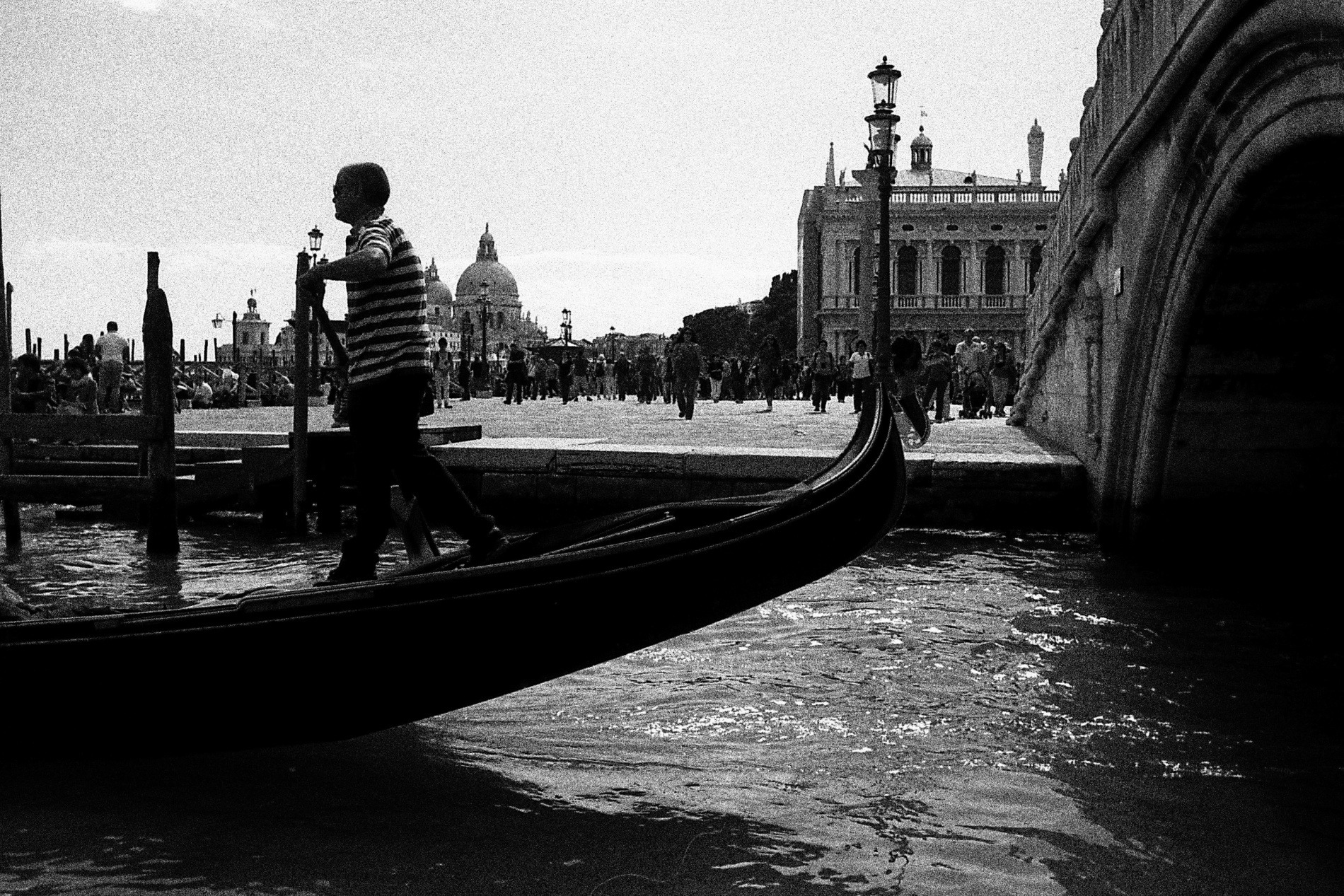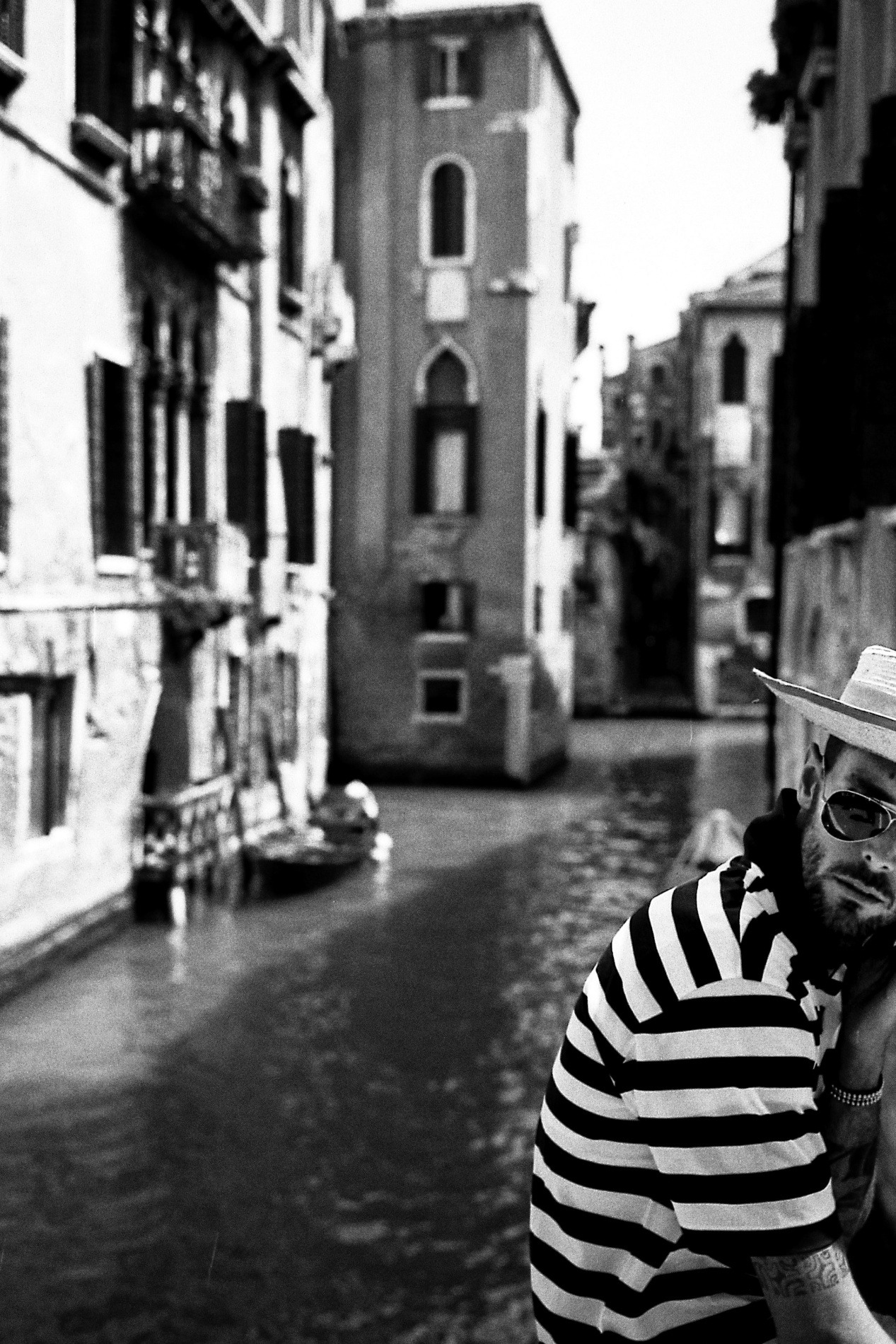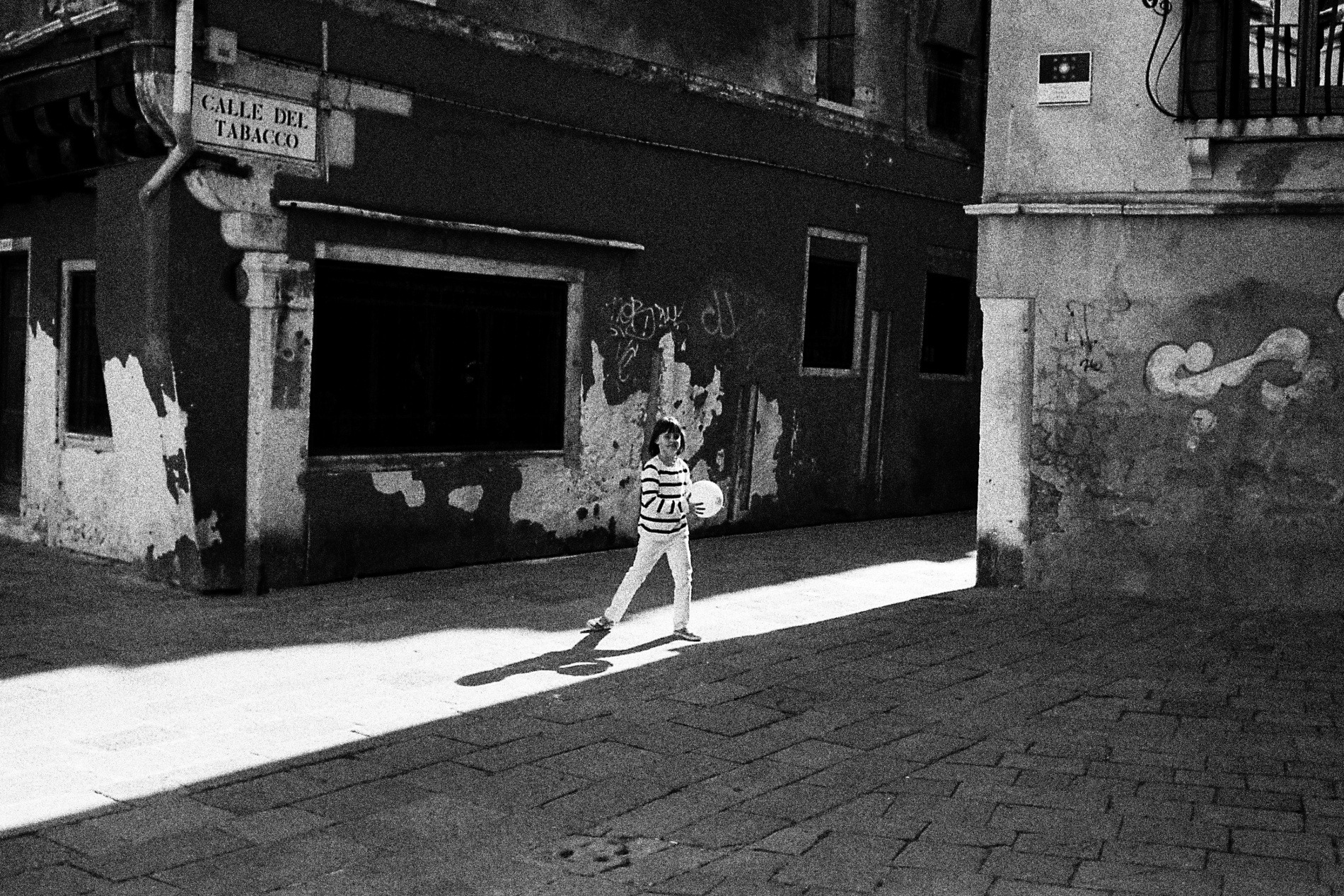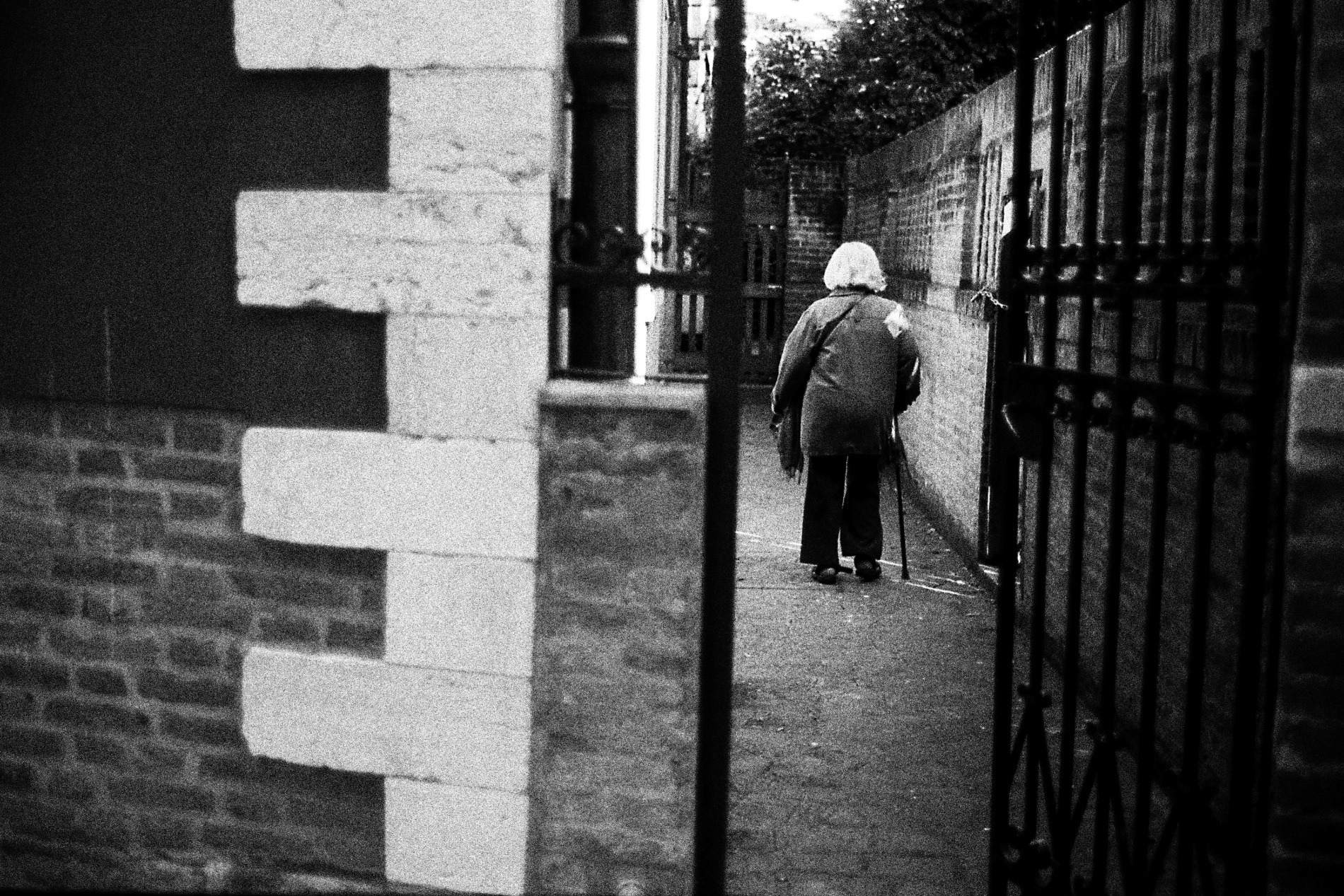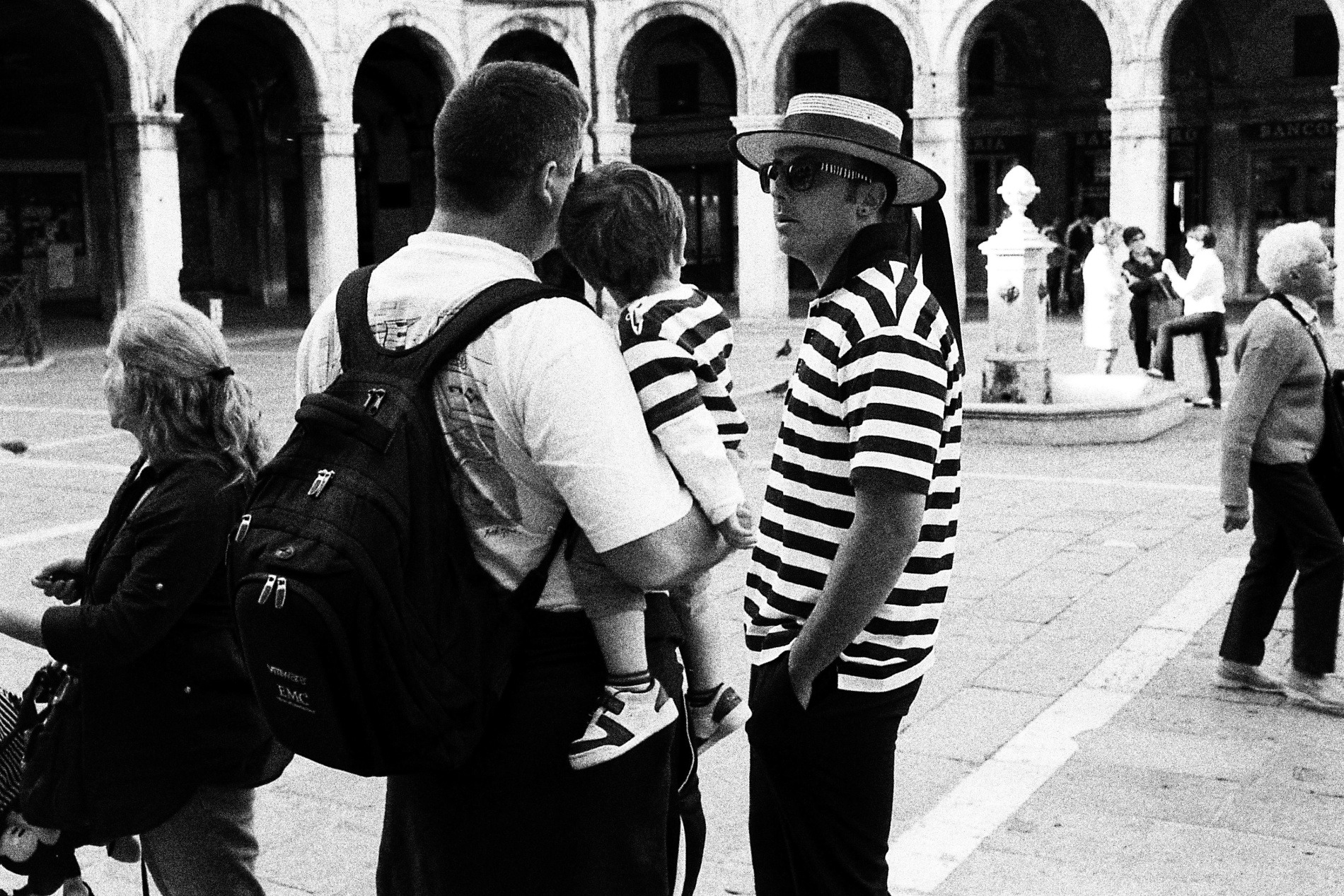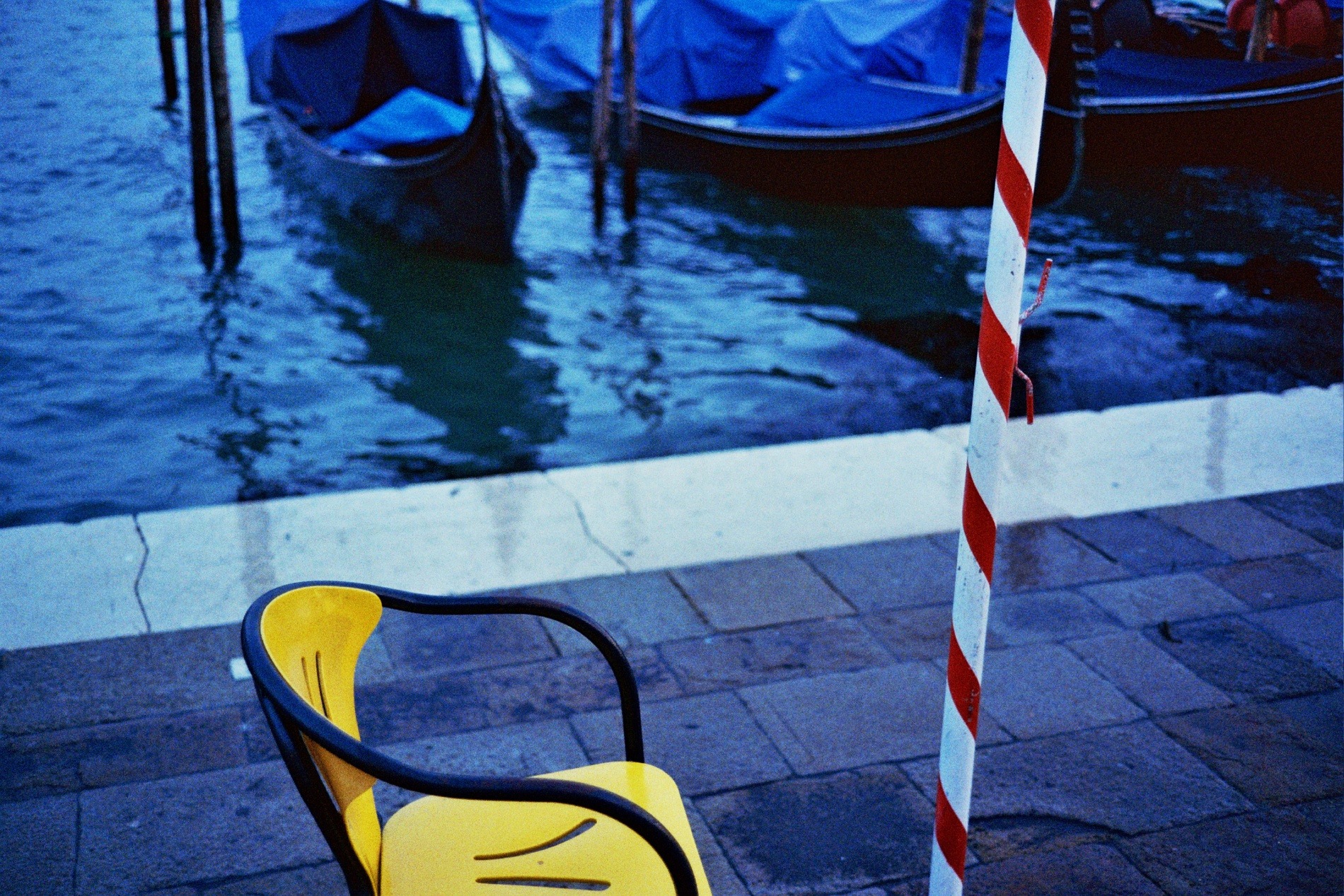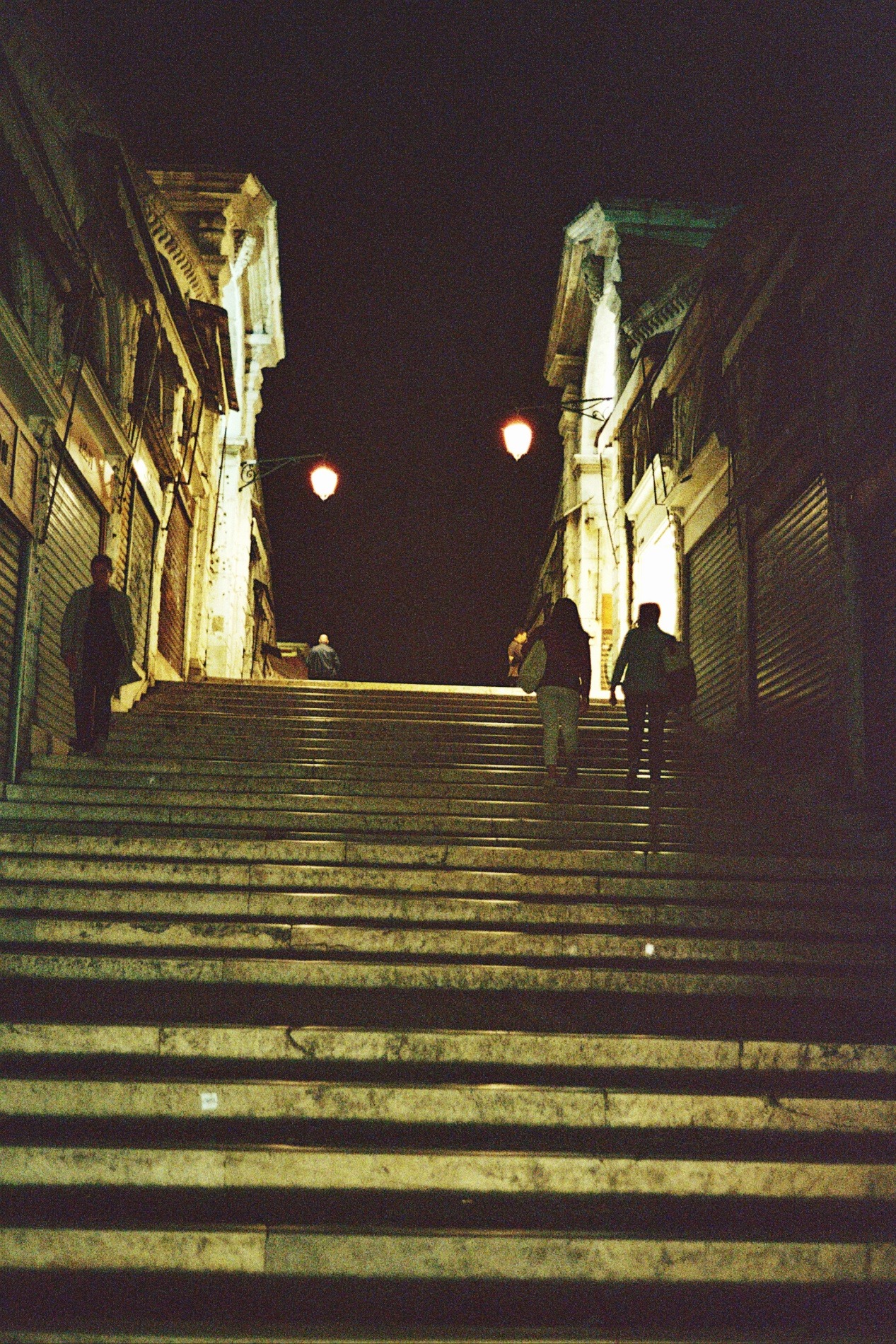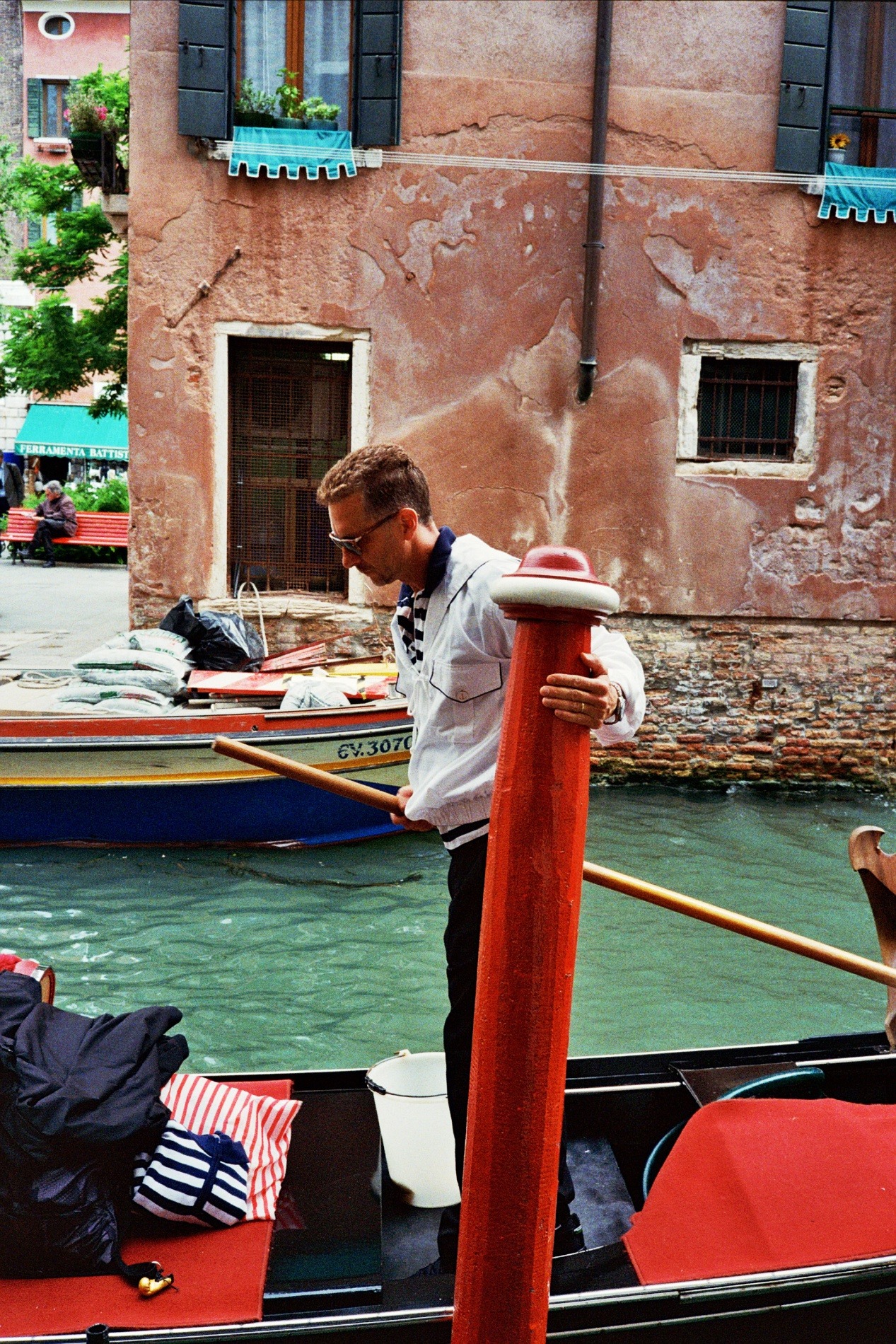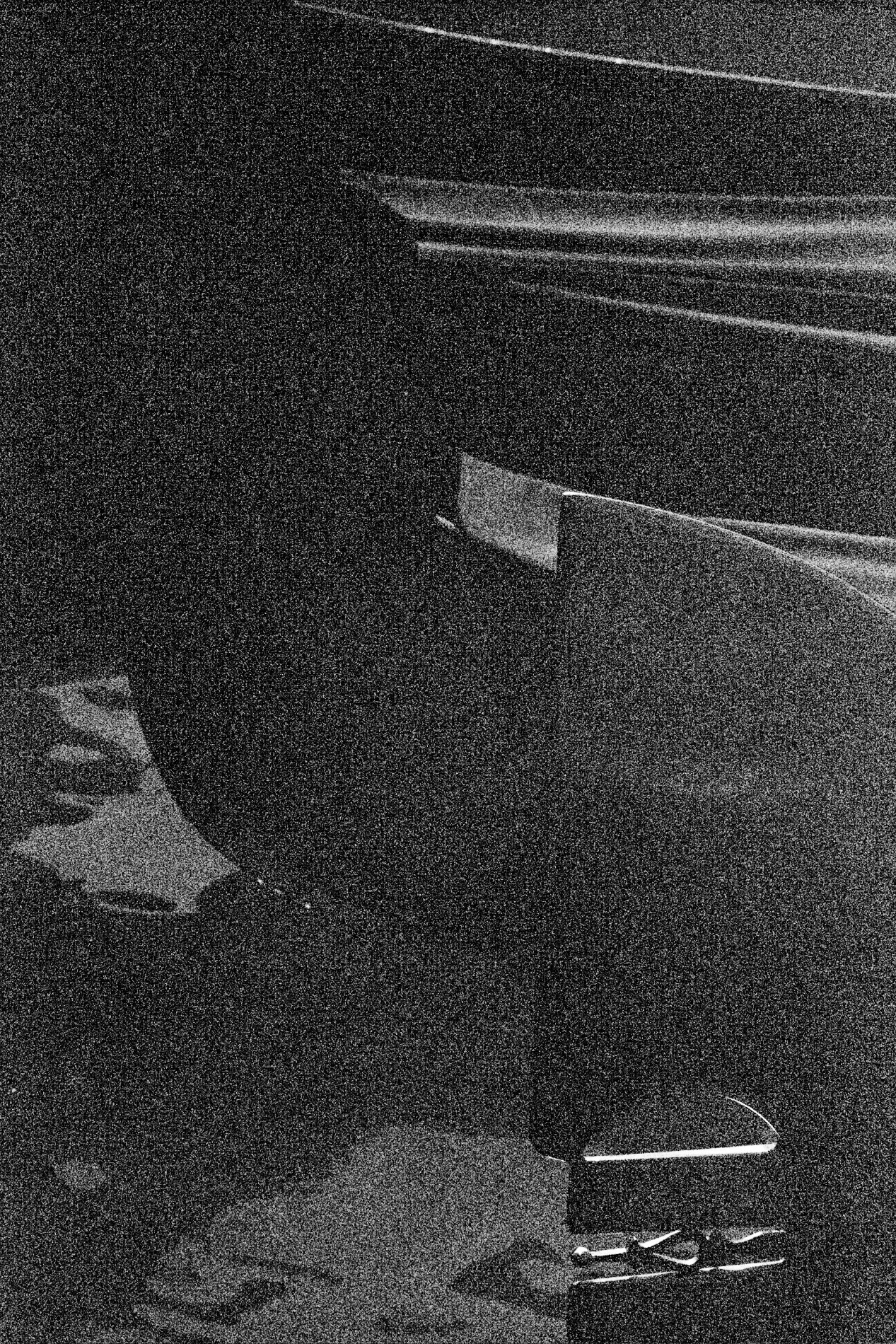A couple of months ago, I was in Paris. I walked smiling hand in hand with my darling. And we were loving the air - it was chilly but the sun was out and we happened upon a Leica boutique. The romantic idea of shooting film has been in my mind for months. I wouldn't have wanted to trade camera systems or to use a different approach when photographing - I just wanted to try the medium - to take away the temptation to check out the picture immediately after taking it, and to remove the thought of sharpness and picture quality that has been plaguing me. In other words *i* wanted to create my images - not leaving the job to my camera.
The Leica store had a number of second-hand cameras and among them was a relatively beat-up M7. I was assured it was fully functional and ready to go. And so the next couple of days in Paris were documented with it. It was a risky decision - I had never shot film (as a kid I did but we all this then - I hadn't shot film since I took up photography with the enthusiasm of a hobbyist), and I was clueless about its behavior and interaction with light. But I knew the camera system and the 35 mm Summicron was something I felt right at home with. The first 36 or so frames felt awkward - I didn't know what to do with the rewind knob, I had not acquired the muscle memory of rewinding after each shot, and I often felt surprised at how quiet the shutter was. The first film I used was Ilford FP4 and it took me some time to switch to the black-and-white mental mode but this wasn't such a foreign part considering I've shot with cameras with the black-and-white preview function on. And I enjoyed the process - when I got those pictures from the lab, I was excited like a kid - I rushed to my darling to show her our pictures.
Several weeks down, and a few more rolls, I am now also equipped to develop my own black-and-white film at home. And I was ready when we were planning a trip to Venice again. Arriving in Venice, I couldn't wait to leave the suitcase at the hotel. My girlfriend had the digital and I had the film. Parallel to that, I also had of course my iPhone. And there were a few pictures that I took both with the film and with the phone. The black-and-white pictures below were scans made with a dedicated film scanner (quite poor) with some additional noise applied to get rid of the artifacts from the poor scan; the color pictures are the iPhone pictures with a VSCO film preset.
Looking at those color pictures, I am transported into the context by the realism of the digital pictures - the sharpness creates flatness, the realistic color plunge us in the context, the composition does not drive the eye in any particular direction, the sunshine is tangible, and my memory is triggered. I have a sentimental connection to those color pictures - I am thrilled that they are realistic, that they can tell me where I took the picture, they can tell me the settings under which it was taken, they are a correct recording of my visual experience. But ...
And here's the "but" - when I took the film picture, I took it because I had an emotional attachment to the moment - I was screaming with happiness, I was internally experiencing tickle all over my sensory pleasure centers, I was seeing the world not through my eyes but through my mind - I lifted the camera and took a picture during a blink not because I wanted to take a picture but because I wanted to capture the feeling *i* was having - you can't capture a feeling on a two-dimensional silver-decorated plastic but that film picture is so removed from the reality that it becomes an abstraction - and it is an abstraction of my feeling in that moment:
The sharpness of the grains is like acceleration through space and time, the lack of color grinds the context to graphite abstraction, the composition draws the eye through stacks of lines, the sunshine is pure white distinguishing the hairs and the cracks through shades, and my memory... - I am experiencing the warmth of the sunshine, the smell of the sea weed, and the calls of the gondoliers. And I am there - hand in hand with my smiling darling.












































